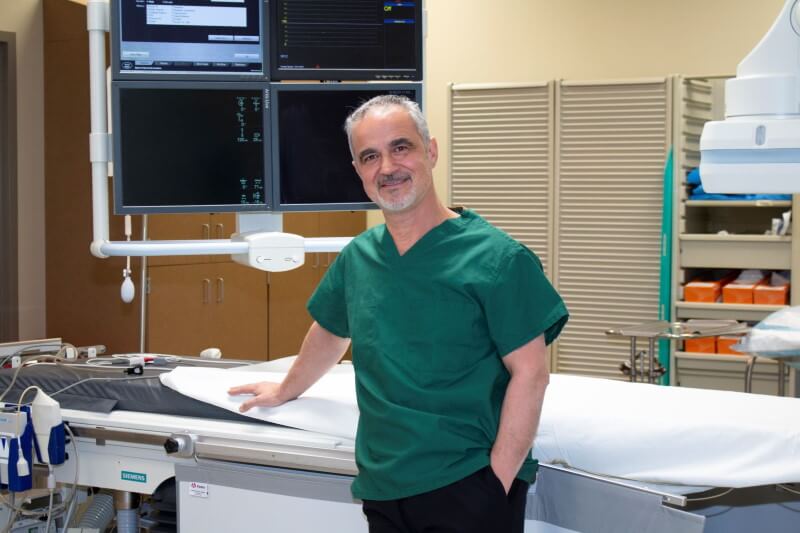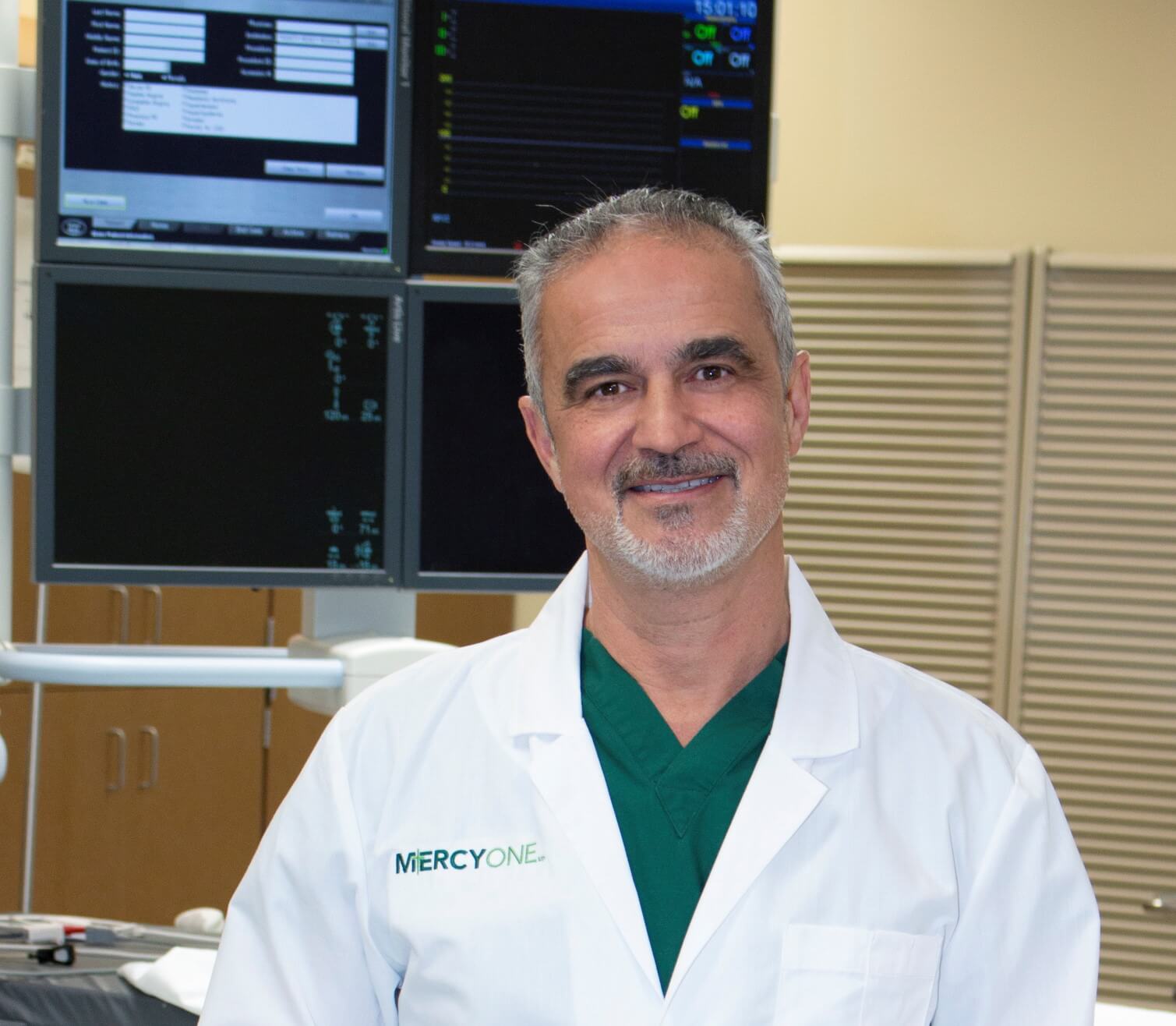After Heart surgery
Heart Surgery Recovery. A day-by-day description.
There has always been a widespread perception that one of the most scary parts of any surgical experience is the pain and discomfort accompanied with and following any surgical procedure. Here’s the good news: thanks to the adoption of advanced minimally invasive techniques, things have radically changed! Even the most sick, elderly, and frail patients can now look forward to enjoying a fast, comfortable, and uneventful heart surgery recovery. Below you will find an average timeline and routine surgical recovery that follows open heart surgery. Please feel free to contact our center with any questions, comments, or concerns.
Surgery Day
Most minimally invasive procedures are performed using a tiny 2″ incision that is between the ribs without breaking any bones. In women, a tiny heart surgery scar can often be hidden in the skin fold underneath the breast. These techniques are often described as scar-less heart surgery, because over time this scar becomes virtually invisible. At the end of the procedure a local anesthetic is injected in between the ribs and makes the surgical incision completely numb for a while. The vast majority of these procedures can be carried out without the need for any blood transfusion in the operating room and can be described as being bloodless heart surgery. After the surgical procedure is completed, the patient is transferred back to the ICU still sleeping and breathing through a ventilator. All monitoring lines, chest tubes and bladder catheter are kept in. Within the following six hours he/she is allowed to slowly wake up and the breathing tube is removed. We want our patients to wake up slowly and in a drowsy and stress-free state. It is good for the heart and it avoids big swings in blood pressure. Most patients overnight in the ICU and have a specialized nurse assigned to constant bedside management under the direction of the treating surgeon. Heart surgery recovery in this set up is safe and reliable.
Recovery Day One
The morning after surgery most patients are very comfortable and wide awake. Not much of an appetite, maybe some occasional bloating and constipation. These are minor side effects of the anesthesia drugs that resolve uneventfully in a day or two. The chest tubes, bladder catheters and monitoring lines are removed and our patients are allowed to stand up and sit out of bed in a chair. Later on in the day they are transferred to a private room in our adjacent Step Down Unit, staffed by the same group of specialized ICU nurses. The room is spacious and has a convertible sofa that can be used if a friend or a relative wants to stay with the patient overnight. At this point most patients can start walking up and down the corridor with family members or a physical therapist. A mild soreness at the surgical site is present and it can be easily managed with pain pills. Patients are encouraged to walk as much as they are comfortable with and to carry out deep breathing exercises to clear up their lungs.
Post-Op Day 2 & 3
Still wide awake and pretty comfortable. Appetite is improved and stomach feels fine. The patient should be on track to full heart surgery recovery. It gets much easier to walk down the corridor and to the lobby. Most patients can be discharged at this point or continue the healing process in a rehab facility in two to three days post surgery. All instructions and prescriptions are given to them and an appointment for a follow up visit is scheduled.
Following 2 Weeks
Once you are home or at the rehab facility center, a gradual increase in physical activity is recommended overtime. By the end of these two weeks most patients have resumed their daily routine activities, including driving and going out (weather permitting). Most out-of-state patients are allowed to travel home within the first seven days after surgery (day 7). After a successful postoperative visit in our office most patients follow up with their primary care physician and/or cardiologist.


Consultation?
We’re here to help.
